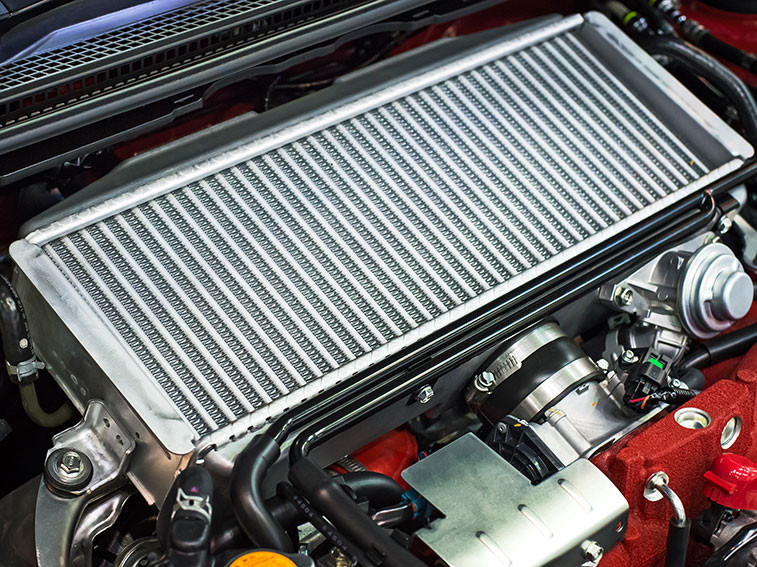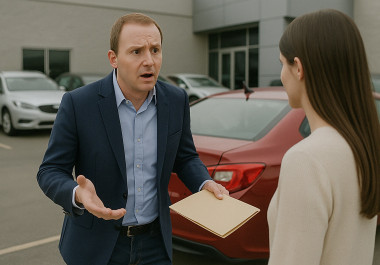Of all the different elements of your car, the radiator is one of the most important. Unlike its domestic namesake, the car radiator doesn’t generate heat, but actually expels it to keep your motor cool. Effective heat management is critical for your car to continue functioning smoothly, which makes your car radiator hugely important. On used cars, scrap cars and anything else you’d find in our online car auctions, it’s important to ensure your radiator is in good nick. But what happens if your radiator overheats, and how do you tell whether yours is in good working order? We’re glad you asked. Take a look below.
What is a car radiator?
Your radiator stops your car from overheating. Because engines are so hot, they need the radiator to ensure the heat doesn’t get to a dangerous level. A car radiator has three main parts: the core, the pressure cap and the outlet and inlet tanks. The core is a metal block with numerous metal slits. This is the main part of the radiator and allows the hot air from the car to release. The pressure cap ensures that the radiator cooling system operates correctly and keeps it pressurised, ensuring the coolant doesn’t boil and overflow. Finally, the outlet and inlet tanks direct coolant to the radiator.
Why is the radiator important?
As mentioned above, the radiator is important because it is the regulator of temperature within your car engine. Regardless of how far the journey is, a car engine becomes very hot, very quickly. This is where the radiator comes in handy, and where the coolant in the radiator must be at a level that will help avoid overheating. If this doesn’t happen, your car could be in for some serious damage.
How to tell the radiator is broken?
There are a few clear signs that your car radiator is broken. These are:
- The temperature gauge will be over 105 degrees. The optimum temperature for your engine is between 75-105 degrees. You can tell this via the dial on your dashboard.
- There will be smoke. Quite a lot of it, actually. Your engine will start smoking if the radiator isn’t doing its job properly.
- There is sludge in your radiator. If you notice your coolant becoming discoloured, this could be because there is sludge in your radiator, which can have serious effects on your radiator performance.
- Low coolant. If you have low coolant, it could be a sign that you have a leak. Depending on the frequency you’re adding coolant, it will become obvious whether you have a leak.
How can you avoid radiator issues?
Like with most parts of the car, good care and attention will help you prolong the quality of your radiator. But what does this mean for you in real time?
- Keep an eye on your coolant. Coolant levels can decrease and when they do it becomes dangerous for your car. Check before all long-distance drives.
- Check for leaks and cracks. These can come from general wear and tear, but also from rust or historical damage. These types of issues can bring on overheating.
- Replace your coolant and keep it clean. Replacing your coolant includes cleaning the area too. You will need to wait until the car is cool, funnel out the old coolant and clean with a clean cloth. This will reduce the likelihood of sludge.
If your car is coming to the end of its days, then we might be able to help here at RAW2K. Our great range of used cars are suitable for all budgets and what’s more, we offer many well-known and trusted manufacturers. We’ve got vehicles by Renault, BMW and more – just check out our buyers page today and discover the right car for you!




